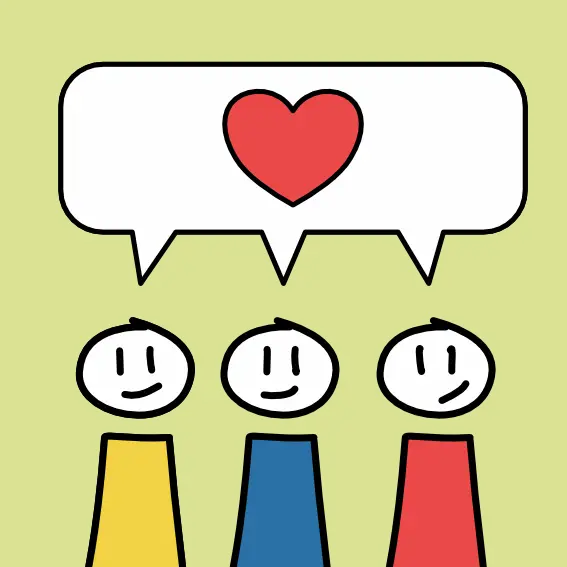In a world characterized by constant change and increasing pressure, we and our teams face the daily challenge of making sustainable and effective decisions. However, we often find that trying to reach consensus makes this task even more difficult.
A few years ago, I worked in a startup that was facing an important strategic decision to launch a new product. Which features should be included in the first version? The team opted for a democratic consensus process to incorporate all ideas and concerns. However, despite intense and passionate discussions, several meetings ended without a clear decision.
The attempt to give equal consideration to all voices led to endless arguments and compromises that turned the product into a patchwork quilt that no one really wanted. Weeks went by with no progress, and the team was exhausted and frustrated. The result was a mediocre product that failed to convince users.
What is consensus?
Consensus means that all members of a group agree on a decision. It often requires extensive discussion and negotiation to ensure that all opinions are heard and everyone agrees with the decision. In theory, this sounds ideal – everyone feels included and respected.
Challenges with Consensus
However, the reality is that consensus is often difficult to achieve and does not always deliver the best results. The process can be lengthy and grueling. Decisions made by consensus tend to be compromises that dilute the original goals and vision. This can lead to reduced effectiveness and a lack of innovation. In addition, trying to satisfy everyone can lead to important aspects being overlooked and the decision ending up serving no one.
Nonviolent decision
An alternative to consensus is the method of non-violent communication (NVC), developed by Marshall Rosenberg. NVC provides a framework in which decisions can be made that take everyone’s needs into account without the need for complete consensus.
Nonviolent communication focuses on four main components:
1. observation: objectively describing what is happening without judgment.
2. feeling: expressing how we feel without blaming others.
3. need: Clearly naming what we need.
4. request: Formulate concrete and actionable requests.
This method helps to identify the most important needs of customers and teams and to develop a clear, targeted strategy without requiring complete consensus. This leads to faster and more effective decisions and increases the likelihood of success because the focus is not on agreement, but on strategies to meet the needs of the customer and team.
In today’s dynamic work environment, it is essential to find new ways to make sustainable and effective decisions. Nonviolent communication offers a powerful alternative to consensus based on empathy, understanding and clear communication.
With the NVC Movement you can learn and deepen non-violent communication so that it is sustainably available in everyday life.
Let’s make needs-oriented decisions that dissolve resistance and compromise and enable the best possible strategy for joint success.
Let’s create a working environment in which all voices are heard and yet effective action is taken. https://gfk-movement.de




